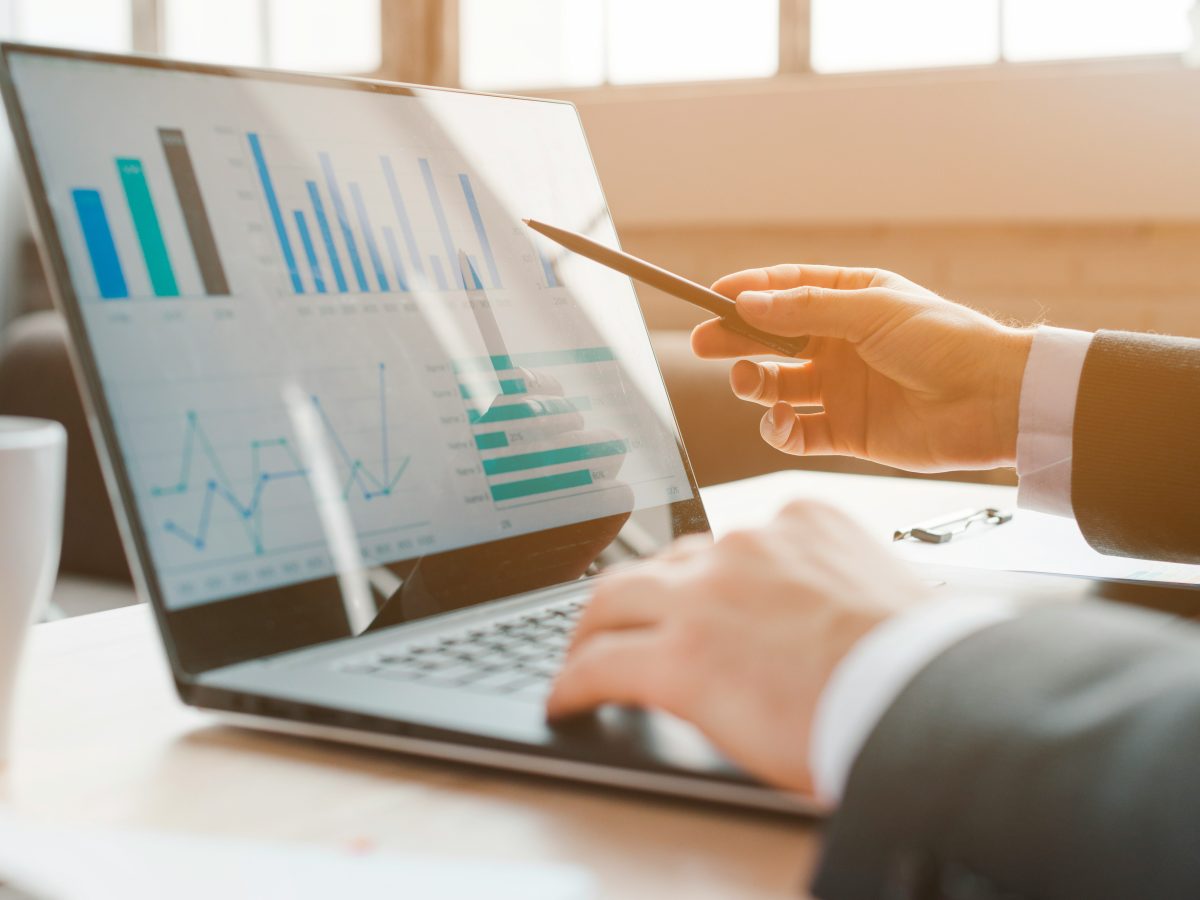𝘈𝘱𝘱𝘳𝘰𝘹 𝘳𝘦𝘢𝘥 𝘵𝘪𝘮𝘦: 4 𝘮𝘪𝘯𝘴🕒
To effectively connect with international audiences, it's often crucial to go beyond simple language translation and ensure your content resonates culturally.
This is where the concepts of localisation and transcreation enter the fold.
But which one is right for your business? Here is a brief description of what you may need.
We would argue that if you are translation best suits documents, technical manuals and other text materials. Localisation is essential for marketing materials, websites and software user interfaces to ensure a seamless experience for local audiences. And transcreation is particularly valuable for high-level marketing copy, slogans, brand taglines and creative content.
In this blog, we will explore:
- Each of the topics in more detail
- Key considerations
- More on when to choose each service
There is much more to each of the ideas. Let's take a look.
Translation: In more detail
In its most basic form, translation is the process of communicating the meaning of text in one language, the ‘source language,' into another language, the ‘target language.'
It's worth noting that translation refers to the process of converting text, and although often used interchangeably, interpreting is the process of converting spoken word.
Translation has a long and colourful history, confined to the realm of scholars and philosophers. However, nowadays, translators are professionally trained and tech-enabled linguistic experts from all backgrounds.
While it might seem like a straightforward task, it's a complex process that requires a deep understanding of both languages and the specific context of the text.
Also, while technology has greatly aided the translation process, it cannot fully replace human judgment. Machine translation tools can be helpful for basic tasks, but they may struggle with cultural context and technical terms. Human translators are still essential for ensuring accuracy, quality and cultural sensitivity.
A high-quality translation is essential for effective communication. Inaccurate or poorly translated content can lead to misunderstandings, lost business opportunities and even legal issues.
Localisation: In more detail
As mentioned, localisation is more than translating content from one language to another. It involves adapting content to specific cultural, regional and linguistic contexts to ensure it resonates with various local audiences across the world.
This process is essential for businesses looking to expand their reach and connect deeply with customers and partners in different markets.
Localisation can also involve translating content while considering regional variations of the same language. For example, a translation from American English to British English will require changes in spelling, vocabulary and grammar; as well as changes to the use of slang and humour.
As another example, a localisation project targeting Spanish-speaking audiences might need to consider variations between 'Latin American Spanish' and 'Spanish from Spain.'
Beyond language conversion, a localisation project will adapt additional aspects of content, such as measurements, currency, imagery and formatting, to suit the target market.
Localisation may require more of an investment than translation, especially for large-scale projects. However, the long-term benefits in terms of increased revenue and market penetration will often outweigh the costs.
Transcreation: In more detail
Transcreation is a specialised form of language adaptation that involves reimagining the original message in a way that not only conveys the same meaning but also captures the emotional impact and cultural nuances of the target language.
Transcreation requires a deep understanding of both the source and target cultures, as transcreators must ensure that the adapted content is culturally appropriate for the target audience.
The service helps to maintain brand consistency across different markets by ensuring that the message and tone are consistent, even when translated into different languages. It is particularly useful for marketing materials, such as advertising campaigns, slogans and product descriptions, where emotional impact and cultural relevance are crucial.
Perhaps the most famous example of transcreation is the slogan for Haribo.
In its original German form, 'Haribo macht Kinder froh und Erwachsene ebenso', the slogan literally reads 'Haribo makes kids happy, and grown-ups too!' This has been transformed for markets across the world to ensure that it rhymes. For example, in English the slogan reads as 'Kids and grown-ups love it so, the happy world of Haribo!'
Key considerations when choosing between translation, localisation and transcreation
- Target audience: Understanding the cultural preferences and expectations of your target market is crucial before reaching a decision.
- Content type: The nature of your content will influence the appropriate service. Technical content often requires translation, while marketing materials may benefit more from localisation or transcreation.
- Goals: Consider your objectives. Are you aiming for accuracy, cultural relevance or a strong emotional impact? It's also worth considering your budget for the project, but also consider that tech and AI are making language conversion more accessible.
When to choose which service?
- Translation: Generally, suitable for technical documents, legal contracts and any content where accuracy and literal meaning are the primary concerns. But of course, can be chosen for various other needs.
- Localisation: Ideal for marketing materials, websites, user interfaces, and any content that needs to be culturally adapted to resonate with a specific target market. This means that audiences feel targeted, valued and it can build their brand loyalty.
- Transcreation: Necessary for marketing copy, slogans, creative content, and any content where the emotional impact and persuasive power of the original message need to be preserved in the target language. For example, a brand tagline.
Conclusion
By carefully considering the differences between translation, localisation and transcreation, you can choose the most suitable service to effectively reach your international audience and achieve your business goals.
Contact us today if you'd like to discuss these language solutions in more detail.
𝘒𝘦𝘪𝘳𝘢𝘯 𝘩𝘢𝘴 𝘣𝘦𝘦𝘯 𝘸𝘳𝘪𝘵𝘪𝘯𝘨 𝘢𝘣𝘰𝘶𝘵 𝘭𝘢𝘯𝘨𝘶𝘢𝘨𝘦 𝘴𝘰𝘭𝘶𝘵𝘪𝘰𝘯𝘴 𝘴𝘪𝘯𝘤𝘦 2021 𝘢𝘯𝘥 𝘪𝘴 𝘤𝘰𝘮𝘮𝘪𝘵𝘵𝘦𝘥 𝘵𝘰 𝘩𝘦𝘭𝘱𝘪𝘯𝘨 𝘣𝘳𝘢𝘯𝘥𝘴 𝘨𝘰 𝘨𝘭𝘰𝘣𝘢𝘭 𝘢𝘯𝘥 𝘮𝘢𝘳𝘬𝘦𝘵 𝘴𝘮𝘢𝘳𝘵. 𝘏𝘦 𝘪𝘴 𝘯𝘰𝘸 𝘵𝘩𝘦 𝘏𝘦𝘢𝘥 𝘰𝘧 𝘔𝘢𝘳𝘬𝘦𝘵𝘪𝘯𝘨 𝘢𝘯𝘥 𝘰𝘷𝘦𝘳𝘴𝘦𝘦𝘴 𝘢𝘭𝘭 𝘰𝘧 𝘰𝘶𝘳 𝘤𝘰𝘯𝘵𝘦𝘯𝘵 𝘵𝘰 𝘦𝘯𝘴𝘶𝘳𝘦 𝘸𝘦 𝘱𝘳𝘰𝘷𝘪𝘥𝘦 𝘷𝘢𝘭𝘶𝘢𝘣𝘭𝘦, 𝘶𝘴𝘦𝘧𝘶𝘭 𝘤𝘰𝘯𝘵𝘦𝘯𝘵 𝘵𝘰 𝘢𝘶𝘥𝘪𝘦𝘯𝘤𝘦𝘴.







